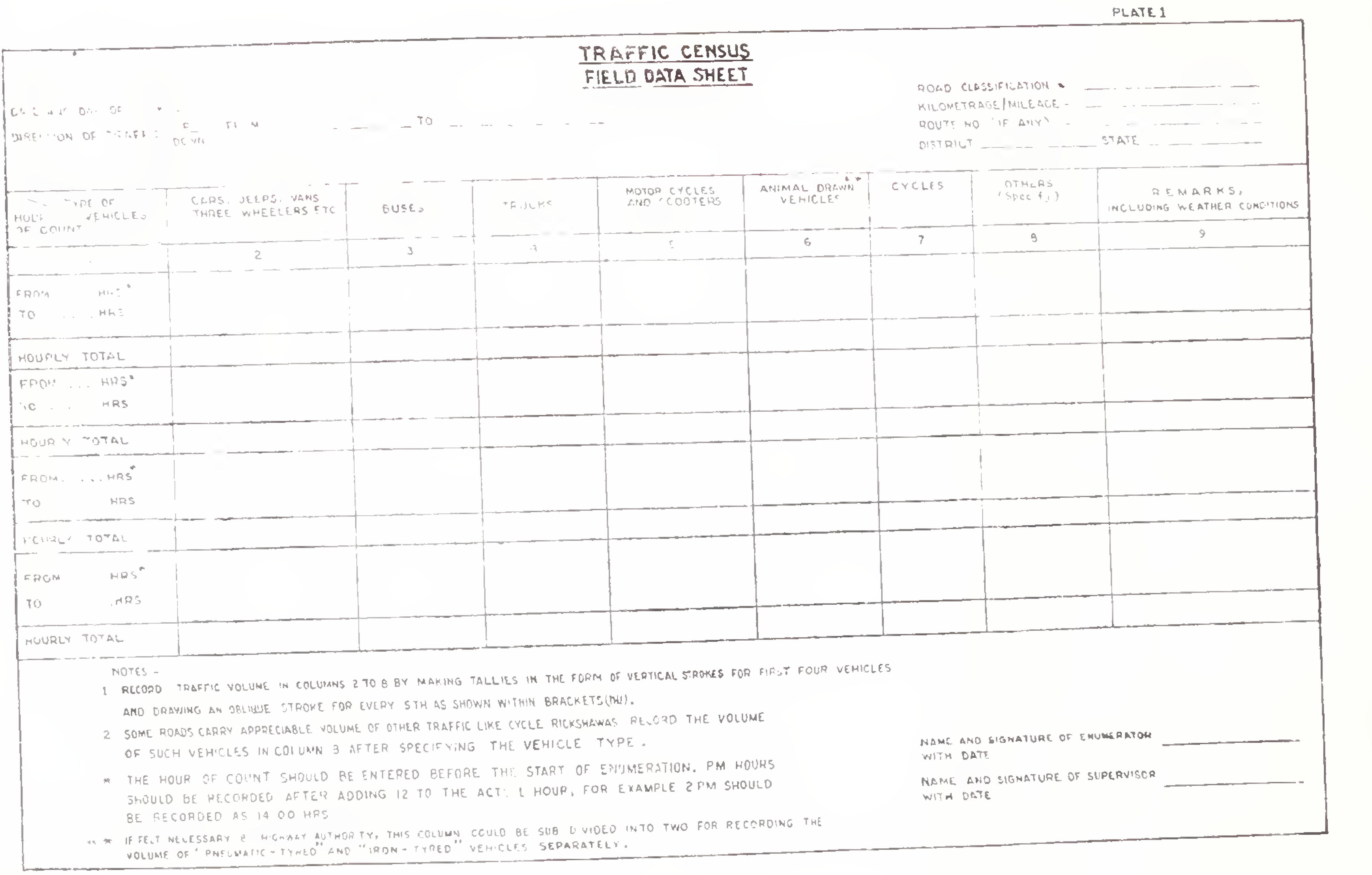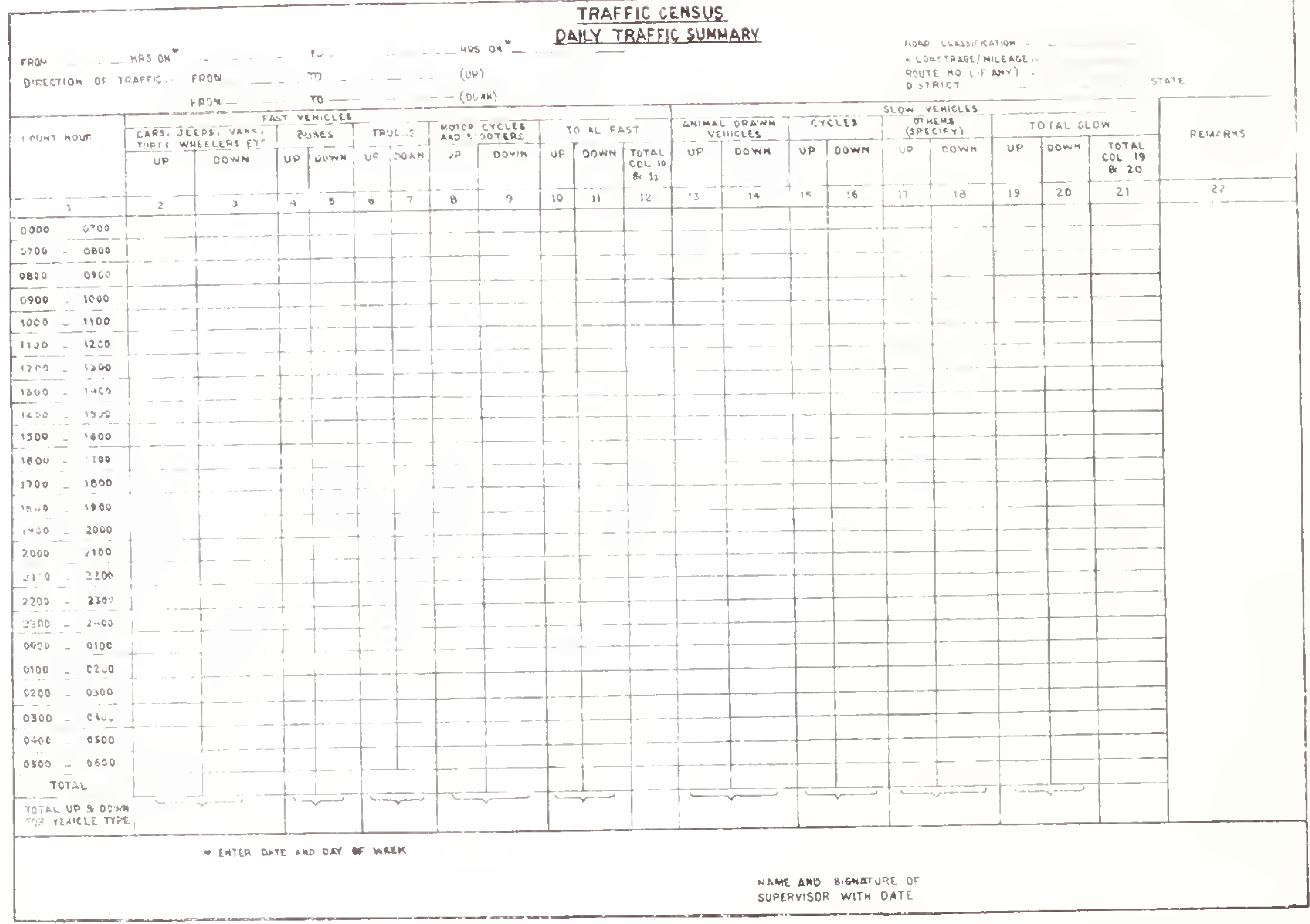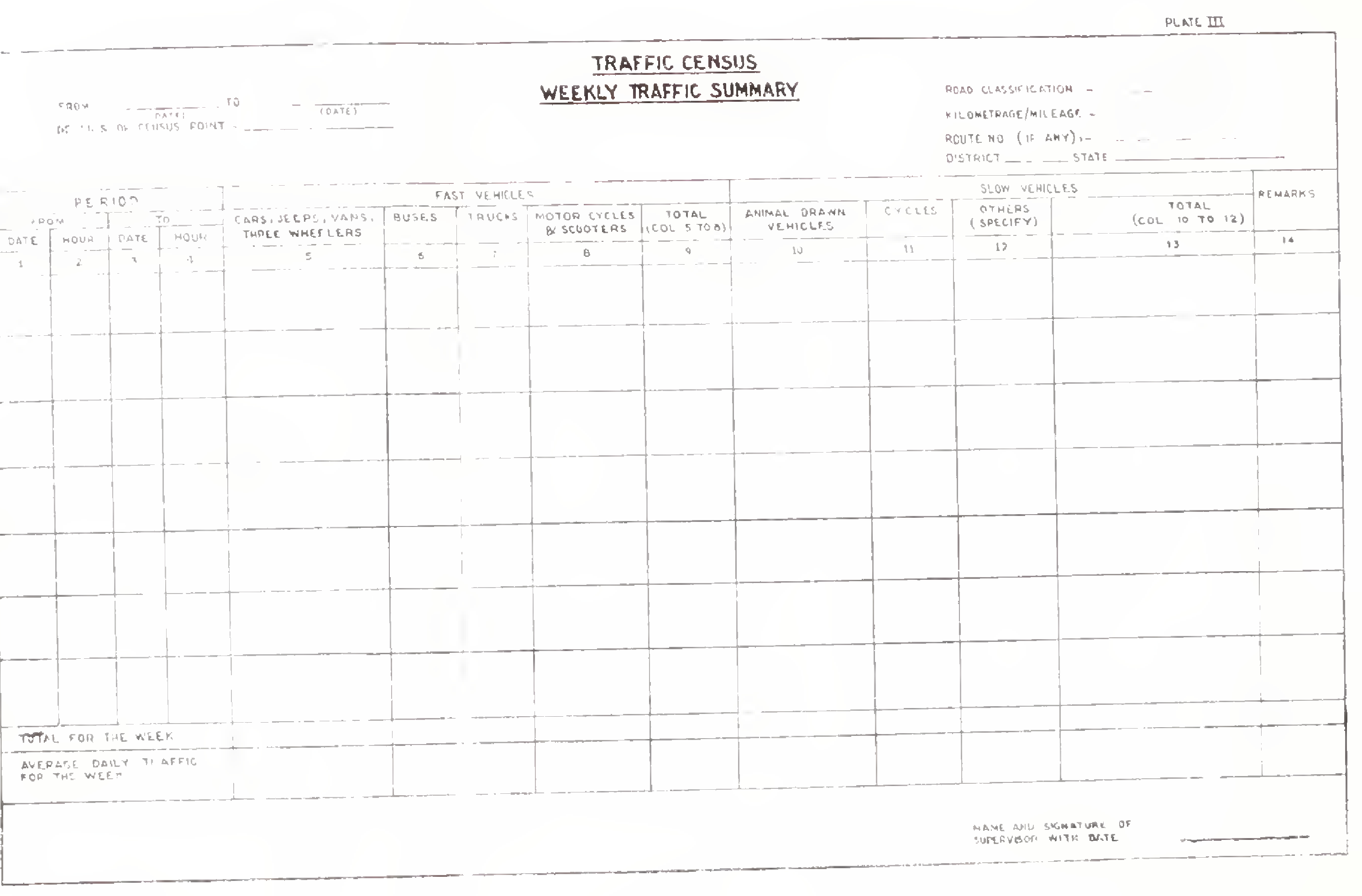 5
5This library of books, audio, video, and other materials from and about India is curated and maintained by Public Resource. The purpose of this library is to assist the students and the lifelong learners of India in their pursuit of an education so that they may better their status and their opportunities and to secure for themselves and for others justice, social, economic and political.
This item has been posted for non-commercial purposes and facilitates fair dealing usage of academic and research materials for private use including research, for criticism and review of the work or of other works and reproduction by teachers and students in the course of instruction. Many of these materials are either unavailable or inaccessible in libraries in India, especially in some of the poorer states and this collection seeks to fill a major gap that exists in access to knowledge.
For other collections we curate and more information, please visit the Bharat Ek Khoj page. Jai Gyan!
IRC : 9-1972
(First Revision)
Published by
THE INDIAN ROADS CONGRESS
Jamnagar House, Shahjahan Road,
New Delhi-11
1989
Price Rs. 80/-
(plus packing and postage)
TRAFFIC CENSUS ON NON-URBAN ROADS
Periodic traffic census are a valuable source of basic data for highway planning. As such, these should be a regular feature in all highway departments.
This Standard was originally published in 1960. The revised Standard was considered and approved by the Specifications and Standards Committee in their meeting held on the 18th and 19th November, 1971 and by the Executive Committee in their meeting held on the 26th and 27th April, 1972. Later, it was approved for publication as the finalised Standard by the Council at their 78th meeting held at Nainital on the 10th July, 1972.
It is desirable that traffic census operations be carried out in a uniform manner throughout the country.
The repetition of census operations, on the scale recommended here, should normally be limited to important trunk routes like the National Highways, State Highways and Major District Roads.
Judicious location of traffic count stations is crucial to the success of a census programme. For trunk routes serving inter-city traffic, it is relevant that the census sites should be fixed well away from all urbanised developments and villages. In particular, sites within zone of influence of towns where there may be a regular flow of commuter traffic must be avoided. If need be, additional stations could be set up for these zones.
Every road should be divided into convenient sections, each carrying approximately similar traffic between points of substantial traffic change. Count stations should be set up for each section. The limits of the sections could generally be the important towns along the road or major roads intersecting or taking off from the highway in question.1
Since division of the highway into sections and fixation of census points for them are decisions of lasting significance, these should be taken at a senior level in each highway department after considering the traffic pattern along the entire route.
Every subsequent census should be taken at the same locations. New stations could, of course, be added as and when needed.
Traffic should be counted at each point at least twice every year. One count should be taken during the peak season of harvesting and marketing and the other during the lean season. Each time the count should be made for a full week spread over 7 consecutive days and 24 hours of each day.
Traffic census should not generally encompass abnormal conditions of traffic like a fair or exhibition. In such cases, the count in the area should be postponed by a few days till normalcy returns.
For the purpose of counts, a day could be divided into three shifts of 8 hours each and separate enumerators with a supervisor assigned for each shift. Enumerators should be literate persons with preferably middle or matriculation level qualification. It may be worth-while to specially train supervisors to go round from one census point to the next and initiate the other staff new to this kind of work.
Recording should be done for each direction of travel separately. For this it will be necessary to divide staff for every shift into two parties.
A field data sheet form for the manual recording of hourly flows is given in Plate I. Before start of enumeration, it should be ensured by the supervisors that the information in the form at the top is duly filled in by the enumerators.
In each hourly column, the traffic should be recorded by making tally marks in the five dash system (vertical strokes for the first four vehicles, followed by an oblique stroke for the fifth vehicle so as to depict a total of five). Hourly totals should be made at the end of the shift.2
A form for daily traffic summary is shown at Plate II. Information in this sheet should be compiled from the field data sheets. The highest peak hour traffic in the day for fast as well as slow vehicles may be highlighted in the summary sheets by drawing a firm line in red around the figures in the appropriate column.
The information collected in the daily summary sheets should be transferred to the weekly traffic summary form shown at Plate III. The average daily traffic for the week should then be determined and indicated in the space provided for that in the form.
The daily and weekly traffic summaries should be prepared in quadruplicate so that one copy could be kept by the Executive Engineer incharge of maintenance of the road and the other copies sent to the planning division at the headquarters office which in turn would remit this information to the other agencies concerned, e.g., the Roads Wing of the Ministry of Shipping and Transport in the case of National Highways. The field data sheets should be preserved as permanent record for at least five years.
An index map indicating the location of the census site should be attached to the traffic summary sheets.3
 5
5
 7
7
 9
9